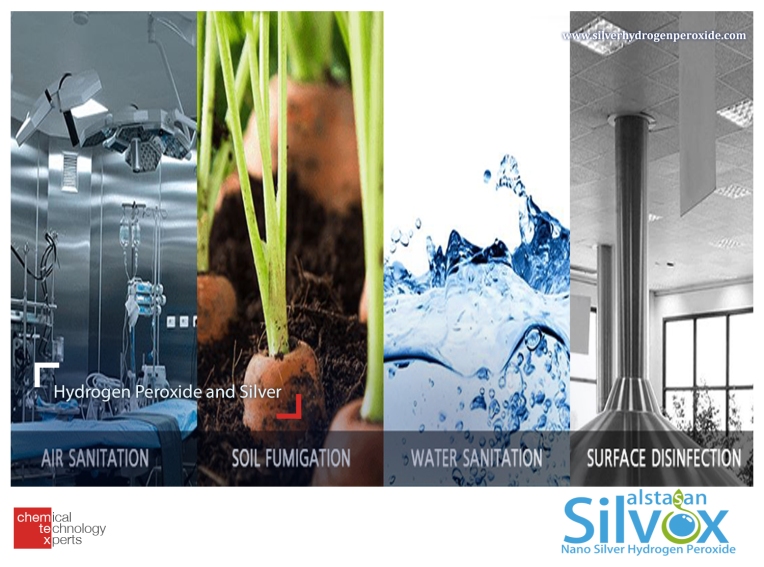Super Absorbent Polymer for Agriculture
The foundation of Indian economy upon which nearly 30 percent of our GDP is based and around 60% of our population is directly or indirectly dependent, is agriculture. It has paved the way for many industrial developments over the years ergo playing a vital role in the Indian economic development. Indian irrigation infrastructure comprises nearly 39 mHa land by ground water, 22 mHa with irrigation canals, and 2/3rd is still monsoon dependent.
Water is one of the key elements in agriculture and agriculture requires significant amounts of water most of which is rain fed or harvested. Seeds and fertilizers fail to achieve full potential if plants are not watered regularly. With nearly 20% of the world’s population to feed, India has access to only 4% of fresh water resources, out of which 90% is used for agriculture.
With regional and temporal variation of rainfall, and an average rainfall of 125cm, India is home to great spatial variations of rainfall. Areas of less to scanty rainfall viz. Northern Kashmir, Rajasthan, Punjab, Karnataka and Deccan plateau, Upper Ganga valley, Andhra Pradesh, Tamil Nadu are most susceptible to drought with 54% of India’s arable lands depending on it. Annual rainfall of India being 1183mm, out of which 75% is received in a short span of four months (July – September).
Water scarcity has negative impact on agriculture, and harms environment with increased salinity, nutrient pollution, loss of flood plains and wetlands. Indian agriculture uses nearly 90% water, and shall soon be facing water shortage owing to fast depletion of ground water resources and poor irrigation systems.
With 140 mHa of cultivable land in India, 42% falls in drought prone areas. Out of the 90% water usage, roughly 20% is used owing to flawed and inappropriate water management system.
Super Absorbent Polymer (SAP) for Agriculture when mixed with soil can hold up to 300 – 400 times water than its own weight, significantly improving water retention capacity of the soil, soil permeability, build quality, plant growth, easier flow of nutrients and minerals to the plant, while reducing water stress, water wastage, irrigation frequencies, money and labour. The fundamentals of hydrogel agriculture technology are based on insoluble gel forming polymers that can improve water retention property of different soils. Hydrogel functions as a water reservoir round in the vadose (root) zone of the plant perfectly blended with the soil harvesting water.
Hydrogel for agriculture is mainly based on cross linked polyacrylamide (PAM) and cross linked acrylamide-acrylate polymers as they can retain their activity for a longer period. The water retention capacity arises from the hydrophilic functional group of the chain while the cross linked network of the polymer contributes for the resistance to self-dilution.
Polyacrylamide Hydrogels are mainly of two types: Soluble (linear chain) and Insoluble (cross linked). Linear PAM is water soluble and has been doing well in lowering irrigation induced erosion in agricultural fields. Cross linked PAM does not dissolve in water and inflates to around 250 – 400 times its actual volume forming a gel when in contact with water. Thus acting as water storage for irrigation and rainwater.
The working principle of hydrogels is based on the charge – cationic, anionic or neutral. This charge distribution decides the mode of action with the soil or solute.
The clay particles present in soils are negatively charged, the heavy metals have positive charges and different minerals available in soils can hold a positive or a negative charge. Thus cationic hydrogels easily bind to clay and helps in flocculation, and anionic hydrogels are mainly used as a dispersant.
This water absorbing property of hydrogel increases manifold as the force of attraction between the gel and the soil particles becomes higher.
Significance of Hydrogel for Agriculture
- Increases water holding capacity of the soil
- Reduces irrigation frequency
- Limits water and nutrient loss from soil
- Enhances plant growth and performance
- Reduces surface erosion and water runoff
- Long term protection against drought and groundwater contamination
- Reduces NPK leaching when dry mixed with fertilizer preparations
- Delivery system for Mycorrhiza
Chemtex Speciality Limited manufactures and markets Hydrogel for Agriculture under the brand name of Alsta Hydrogel. With notable mentions on Wikipedia, to success stories on YouTube, Chemtex Speciality Limited is widely acknowledged for its service in modern agriculture.
For more information about Alsta Hydrogel, feel free to visit http://www.hydrogelagriculture.com or email at mailto:info@hydrogelagriculture.com







 Interest on chemical behavior of Nano silver has substantially grown over the years, mainly for its pursuit as an effective antimicrobial agent. Research states that silver has a relatively wider range of antibacterial and anti-fungal attributes than other metals. And, hydrogen peroxide is a deemed eco-friendly sanitizer, owing to its oxidizing attribute, aiding in the elimination of harmful microorganisms wherever used. It ruptures the total cell structure on contact, without leaving behind any traces for replication.
Interest on chemical behavior of Nano silver has substantially grown over the years, mainly for its pursuit as an effective antimicrobial agent. Research states that silver has a relatively wider range of antibacterial and anti-fungal attributes than other metals. And, hydrogen peroxide is a deemed eco-friendly sanitizer, owing to its oxidizing attribute, aiding in the elimination of harmful microorganisms wherever used. It ruptures the total cell structure on contact, without leaving behind any traces for replication.



